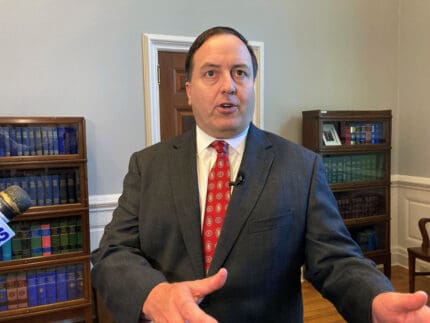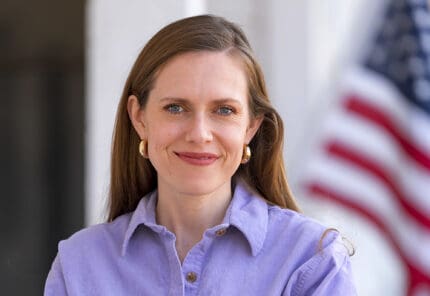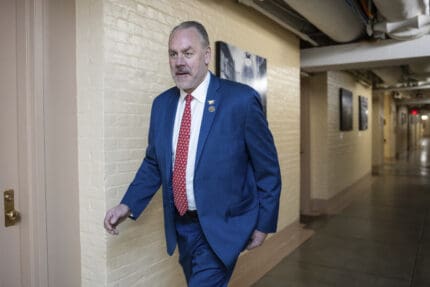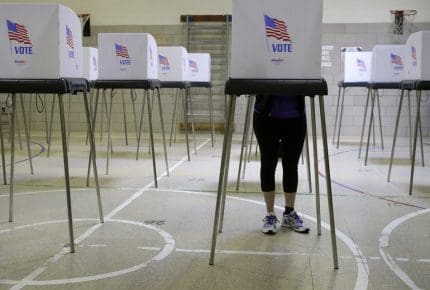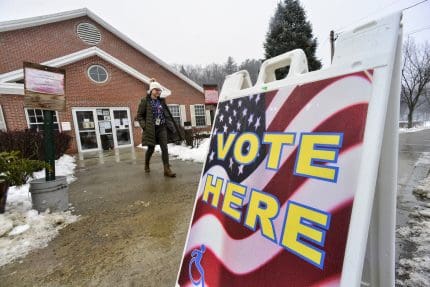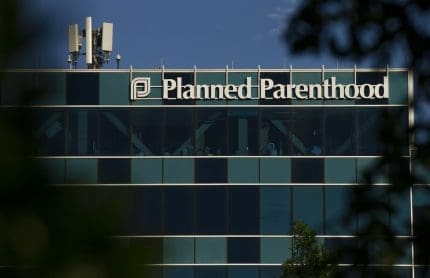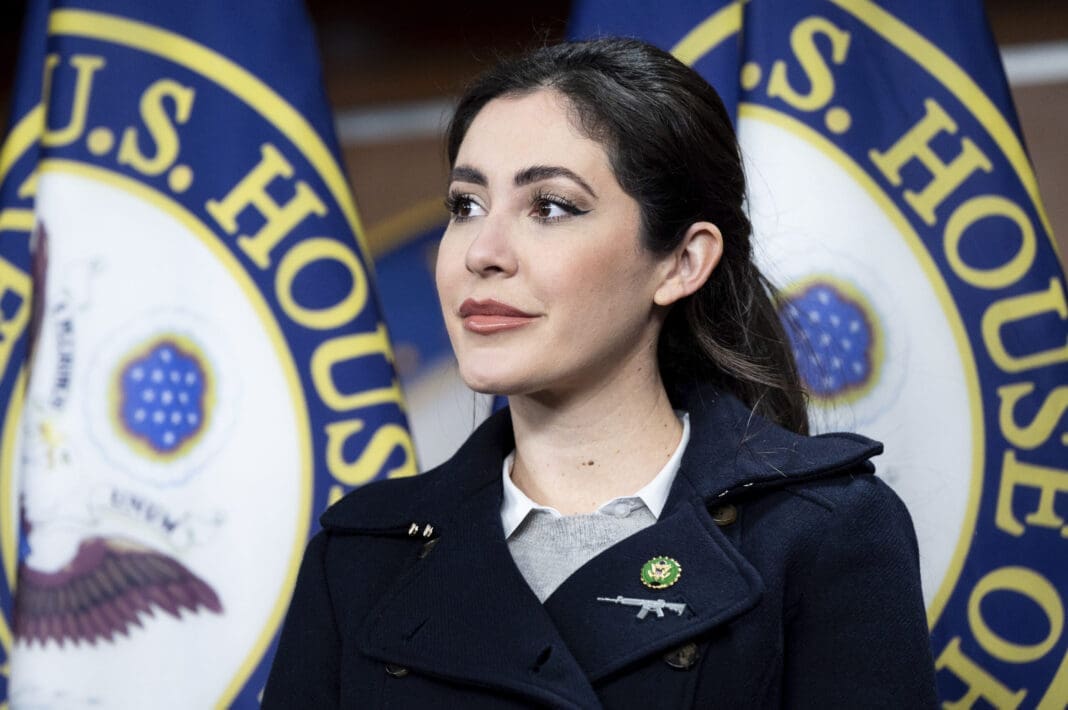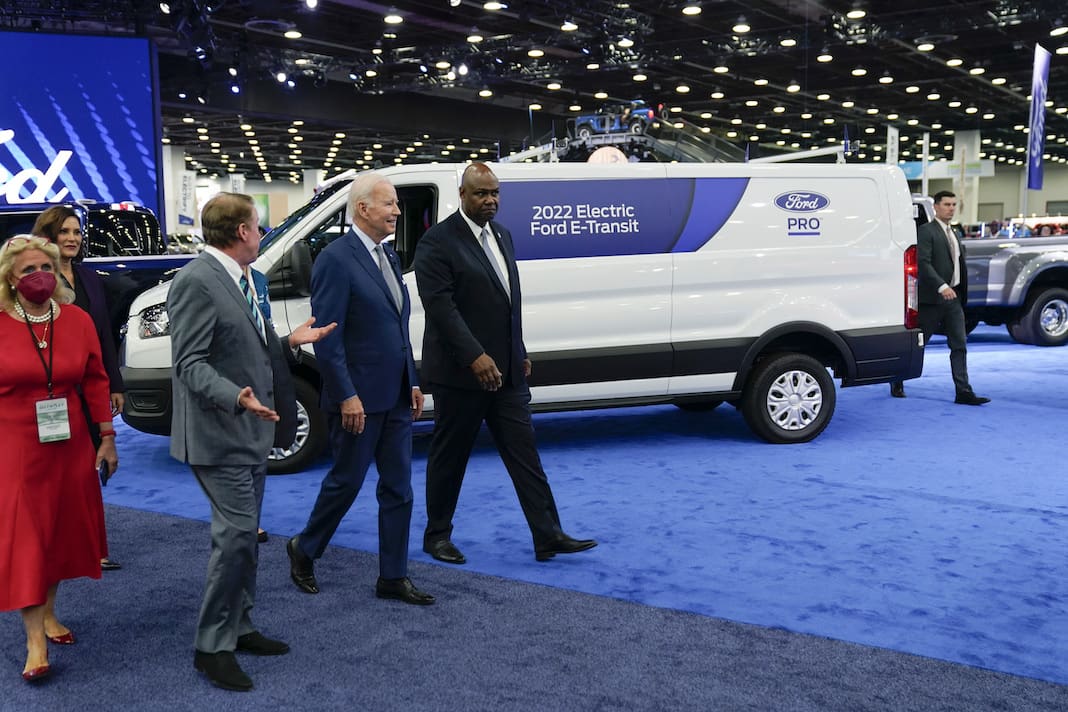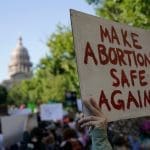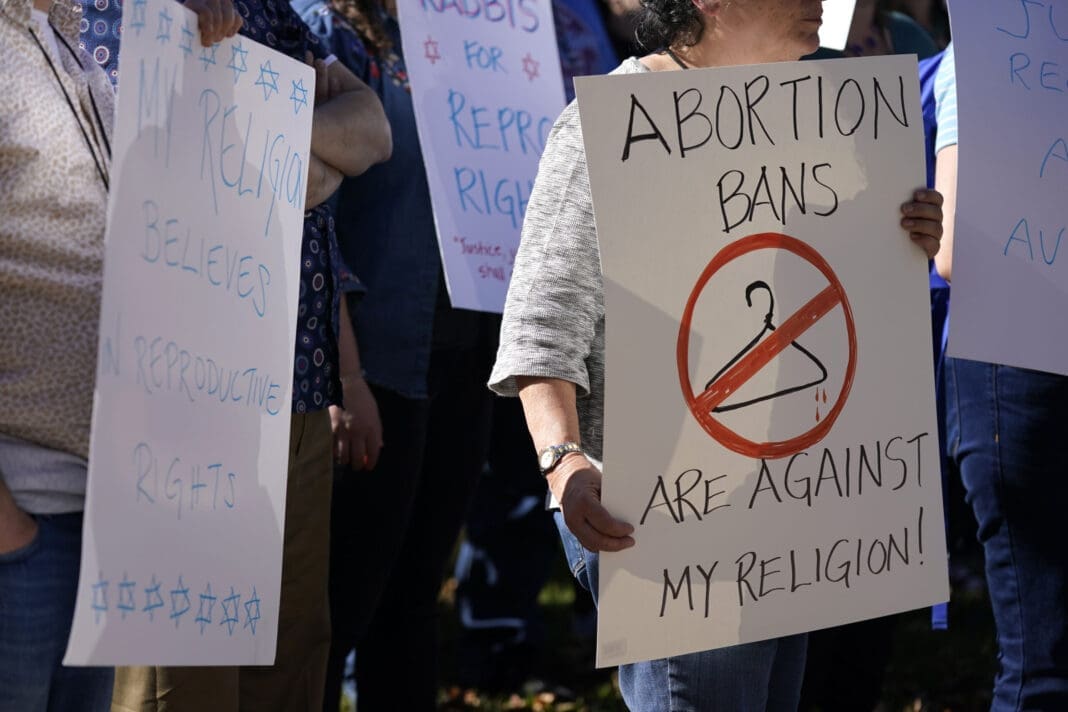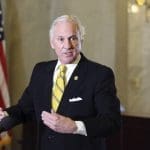High-end restaurants volunteer to feed health workers battling coronavirus
Restaurants are churning out hundreds of meals a day to feed clinicians in emergency rooms and ICUs.

On a break from the front lines, nurse practitioner Gabe Westheimer tucked into a plate of duck confit, the work of one of the city’s celebrity chefs. (“It was wonderful.”)
Meanwhile, at another San Francisco emergency room, nurse Liz Sanderson still savors a sea salt caramel bread pudding from another posh eatery. (“It was possibly the best thing I have ever eaten.”)
The best of foods is being sampled in the worst of times by the most besieged of heroes — all thanks to a group of San Francisco friends who had the idea of helping both local restaurants that need customers and health care workers who need nourishment during their long, stressful shifts.
They sought donations and started small, with one restaurant and one hospital. Two weeks later, 42 restaurants — among them some of the city’s finest — are churning out hundreds of meals a day to feed clinicians in emergency rooms and ICUs at San Francisco’s six biggest hospitals.
They have so far raised over $350,000 and have delivered about 5,000 meals, with funding for thousands more. And a newly formed network, aptly named Frontline Foods, has linked up with similar projects in more than a dozen cities. It’s also in touch with groups like Help Feed the Frontline LA to the south, to ensure they don’t double deliver to the same hospital.
The original idea was born March 12 in a text message exchange between entrepreneur Frank Barbieri and his friend Sydney Gressel, an emergency room nurse at UCSF Medical Center at Mission Bay.
Barbieri knew Gressel was working double shifts in the battle against COVID-19, and texted: “What can I do to help?”
“I suggested he could buy us dinner,” Gressel said. “He took it to the next level.”
Ryan Sarver, a tech-savvy venture capitalist, tapped contacts in the restaurant world and helped solicit donations, initially for $1,000 that would fund 50 meals for health care workers at $20 each. Now smaller donations can be made. The money goes straight to the restaurants.
“We tell them you’ve got $20 to spend and we need a well-balanced, healthy meal — a starch, protein, and vegetable — that is going to sustain these people,” said Sarver.
That $20 has to cover the cost of food and delivery, but many chefs have been personally delivering their own food after spending the day cooking and packing it into hundreds of individual boxes.
Chef Kim Alter, who usually charges about $150 for a meal at Nightbird, her acclaimed San Francisco restaurant, has been donning mask and gloves — in the kitchen and when she pulls her car up to hospitals to deliver her meals.
“People are afraid of going to a hospital. I feel like it’s my responsibility to do it,” said Alter.
Nightbird, known for its 10-course tasting menus, doesn’t do take-out, so it effectively lost all business when San Francisco went into a lockdown. Alter says now she can keep her staff employed.
“We try to make everything beautiful,” she said. One of her early meals included flowers and microgreens still in her restaurant’s refrigerator, so “their salads had $100 worth of flowers on it.”
That the meals are appreciated is an understatement.
“It puts a smile on my face for sure,” said nurse Sanderson, “and it feels like everyone is supporting us. It makes me want to work even harder.”
Recommended

Biden campaign launches new ad focused on Affordable Care Act
Former President Trump has said he wants to do away with the popular health care law.
By Kim Lyons, Pennsylvania Capital-Star - May 08, 2024
Ohio doctors fear effects of emergency abortion care case set to go before U.S. Supreme Court
A federal law that allows emergency departments to treat patients without regard to their ability to pay will be under U.S. Supreme Court scrutiny this week, and Ohio doctors are concerned about the case’s local impact on emergency abortion care.
By Susan Tebben, Ohio Capital Journal - April 23, 2024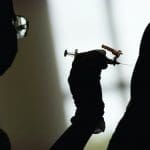
House GOP votes to end flu, whooping cough vaccine rules for foster and adoptive families
A bill to eliminate flu and whooping cough vaccine requirements for adoptive and foster families caring for babies and medically fragile kids is heading to the governor’s desk.
By Anita Wadhwani, Tennessee Lookout - March 26, 2024









